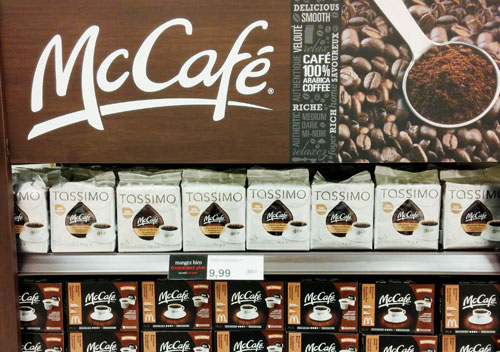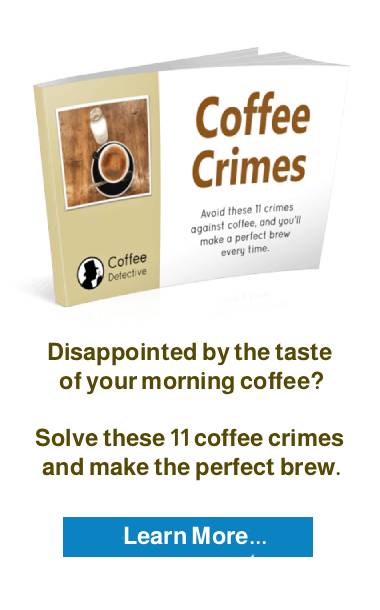- Home
- Gourmet Coffees
- Coffee Quality
Whatever Happened to My Favorite Coffee Brand?
 One of many brands our readers have talked about under the heading of "Whatever happened to...?
One of many brands our readers have talked about under the heading of "Whatever happened to...?In recent years, a growing chorus of dismay and confusion has echoed through the world of coffee enthusiasts. Loyalists of once-revered coffee brands are left pondering, "Whatever happened to my favorite coffee brand?"
The decline in the quality of top coffee brands is not just a matter of taste but a reflection of broader shifts within the industry and global supply chains.
For decades, brands like Maxwell House and Folgers stood as pillars of consistency in the coffee world. Families built morning rituals around these names, trusting in the familiar flavor profile that greeted them at the start of each day.
More recently, we can add McCafe to the list. In the early days, visitors to McDonalds loved the taste of McCafe.
But today... longstanding fans of these brands and others are voicing their disappointment over a loss of quality and poor flavors.
The root causes of this decline in quality are multifaceted, stretching from the farm to the supermarket shelf.
A major factor is the economic pressure to cut costs.
As global coffee prices fluctuate, brands may seek cheaper beans to maintain profit margins, inevitably affecting the taste. This cost-cutting measure can lead to a departure from the traditional blends that won loyal customers over in the first place.
Also, changes in coffee processing and production have played a role. The drive for efficiency and scalability can lead to compromises in roasting and blending processes, which are critical to the final flavor profile of the coffee. As brands scale, maintaining the quality consistency that defined their original appeal becomes a formidable challenge.
The global coffee market has also seen a surge in demand for specialty and gourmet coffees. This shift in consumer preference puts pressure on traditional brands to innovate or diversify their offerings. In some cases, attempts to modernize or expand product lines may lead to changes in the taste profiles of their classic offerings, alienating traditionalists in pursuit of capturing a new market segment.
Environmental factors play a role too.
Climate change impacts coffee cultivation, with changing weather patterns affecting bean quality and taste.
Traditional coffee-growing regions may experience altered conditions that challenge the maintenance of the bean characteristics brands have relied on. Adaptation strategies, including changing cultivation locations or bean varieties, can result in noticeable differences in the end product.
In response to this quality downturn, consumers are increasingly turning to alternative brands, specialty coffees. The democratization of coffee knowledge, coupled with the accessibility of quality brewing equipment, empowers coffee lovers to seek out or create the flavors they miss.
The decline in the taste of top coffee brands serves as a reminder of the delicate balance between tradition and innovation, cost and quality, global market dynamics, and the local cup of coffee. As the industry evolves, brands face the challenge of adapting without losing the essence of what made them favorites in the first place.
For coffee enthusiasts, the journey continues—exploring new brands, blends, and brewing methods in pursuit of that perfect cup.
Before you go, sign up to receive the Coffee Detective Newsletter...
Sign up for occasional newsletters about the best coffees and brewing equipment. Plus special updates from the Coffee Detective Coffee Store…




